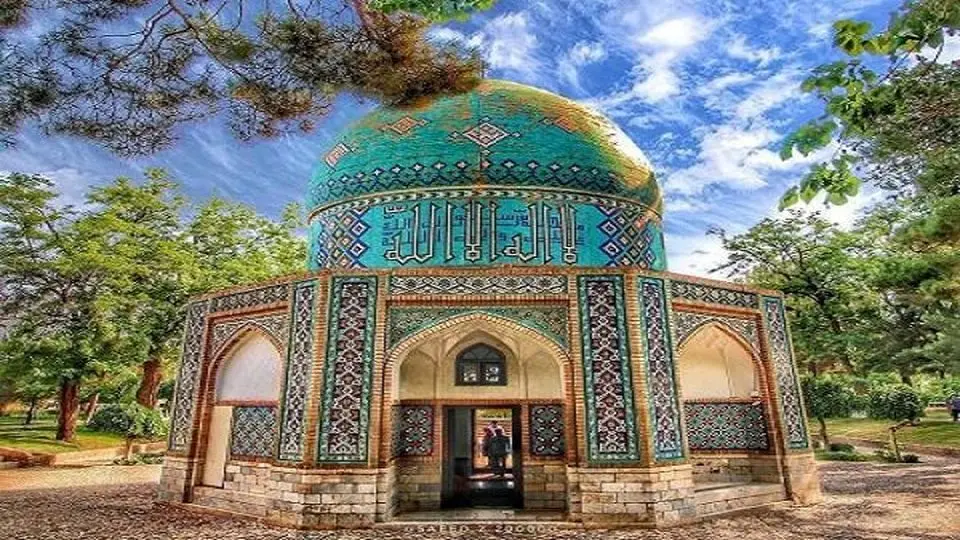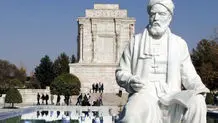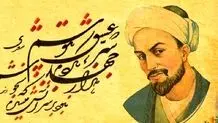National Day of Iranian poet Attar of Nishapur
Iranians commemorate the National Day of Attar Nishapuri or Neyshaburi, a 12th-century great Iranian poet whose “The Conference of Birds” is a masterpiece illuminating the minds pursuing wisdom.

MEHR: Iranians commemorate the National Day of Attar Nishapuri or Neyshaburi, a 12th-century great Iranian poet whose “The Conference of Birds” is a masterpiece illuminating the minds pursuing wisdom.
In contemporary Iran, April 14 is designated as Attar's National Day in the Persian calendar to mark the contribution his works have made to Persian literature.
Abu Hamid bin Abu Bakr Ibrahim, also known as Farid ud-Din was born in the city of Nishpur (Neyshabur) located in the northeast of Iran. It is believed that he lived between c. 1145 – c. 1221.
As a young man, Farid ud-Din traveled widely, visiting Egypt, Syria, Arabia, India, and Central Asia. He finally settled in his native town, Neyshabur, in northeastern Iran, where he spent many years collecting the verses and sayings of famous Sufis (Muslim mystics).
Attar means ‘apothecary’ and this nickname was given to him due to his profession.
Attar (Apothecarist) was also a renowned figure in medicine and pharmaceuticals of his time; that is the reason for his appellation. But he is now known for his literary works, on top of which is Manteq al-Tayr, or The Conference of the Birds.
The Conference of the Birds consists of 4600 couplets. The work describes the journey of a flock of birds to the home of their leader, whom they have never met. When they arrive after an arduous voyage, the surviving birds discover that their leader is not another individual, but themselves, as a cohesive group.
The book is a long epic poem that symbolized birds of various kinds each as human moral behaviors. Throughout the story, Attar has highlighted ethical lessons via metaphors and other literary techniques and figures of speech.
The famous Iranian poet has other works, including Pand-Nama, which is the first work of Attar to be translated into other languages. Attar, also known as a Sufi, has devoted his only prose work, Taḏkerat al-awlia, to biographies of classical Sufis.
Other prominent poetic works of the Iranian poet include Khosrow-nameh, Ilahi-Nama, and Divan. Attar has been named as the master by some other Persian Sufis and poets. Jalāl ad-Dīn Muhammad Rūmī, for instance, has called him the 'spirit' with himself the 'shadow'.
His lesser-known but no less valuable work, “Tadhkirat-ul-Awliya,” is also full of gems for everyone who searches for a way to the truth. This hagiographical collection of Muslim mystics is Attar’s only prose work.
Every story Attar tells carries a moral principle that can be a cure for modern audiences because he knows about human nature with its desires, flaws, and weaknesses. He saw that through the stories and anecdotes passed down for generations and wanted to be a link in that chain.
At the age of 78, Attar died a violent death in the massacre that the Mongols inflicted on Nishapur in April 1221. Today, his mausoleum is located in Nishapur.
آخرین اخبار Iran را از طریق این لینک پیگیری کنید.




